
Nitesh Patel - Physiotherapist
Posts

Decerebrate Posture: Physiotherapy Treatment
What is Decerebrate posture? Decerebrate posture is an abnormal body posture that involves the arms and legs being held straight out, the toes being pointed...

Median Nerve: Anatomy, Origin, Course, Function, Clinical Importance
The Median Nerve is a nerve in humans and other animals in the upper limb. It is one of the five main nerves originating from...
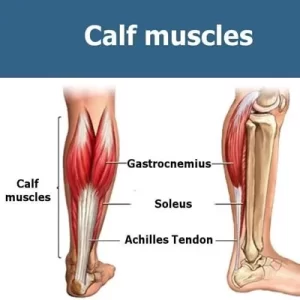
Calf Muscle Anatomy: Anatomy and Exercise
Anatomy of the Calf muscle The calf muscle is located on the back of the lower leg and is actually made up of two muscles:...
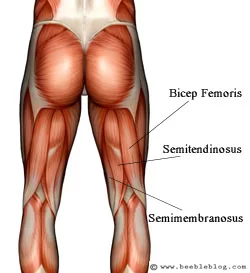
Hamstring Muscle: Anatomy And Exercise
Hamstring Muscle Anatomy The hamstrings are a group of muscles and their tendons at the rear of the upper leg. They include the biceps femoris,...

Ulnar Nerve
The ulnar nerve is a major peripheral nerve of the upper limb. The ulnar nerve is located in the medial side of the forearm. It...
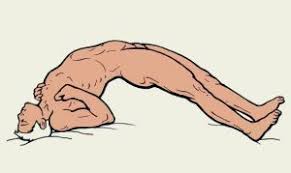
Opisthotonus Posture
What is an Opisthotonus Posture? Opisthotonus Posture is an abnormal posture in which spastic muscle contraction of the back of muscles of the neck, trunk,...
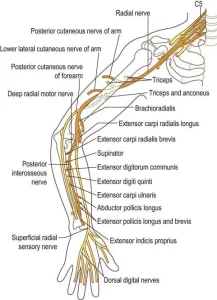
Radial Nerve
The radial nerve is a major peripheral nerve of the upper limb. The radial nerve is a nerve in the arm that provides sensation to...
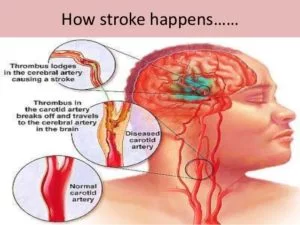
Stroke: Physiotherapy Management
What is a Stroke? ANATOMY OF THE BRAIN : The three main components of the brain—the cerebrum, the cerebellum, and the brainstem—have distinct functions. The...
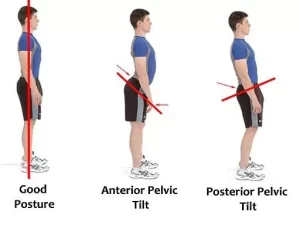
Posterior Pelvic Tilt
Definition Posterior Pelvic Tilt: Posterior pelvic tilt: the top of the pelvis is rotated back. The effect of the posterior tilt increases spinal flexion. Anterior...
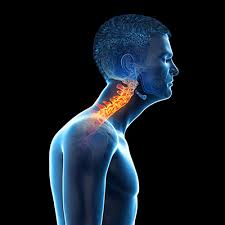
FORWARD HEAD POSTURE
What is a Forward Head Posture? Forward head posture, sometimes called “Scholar’s Neck”, “Text Neck”, “Wearsie Neck”,” or “Reading Neck”, refers to a posture where...
